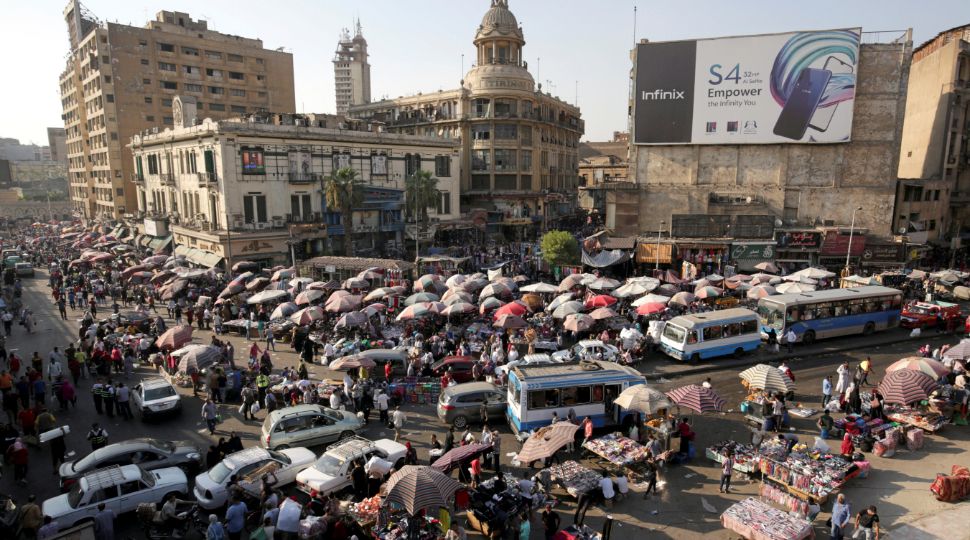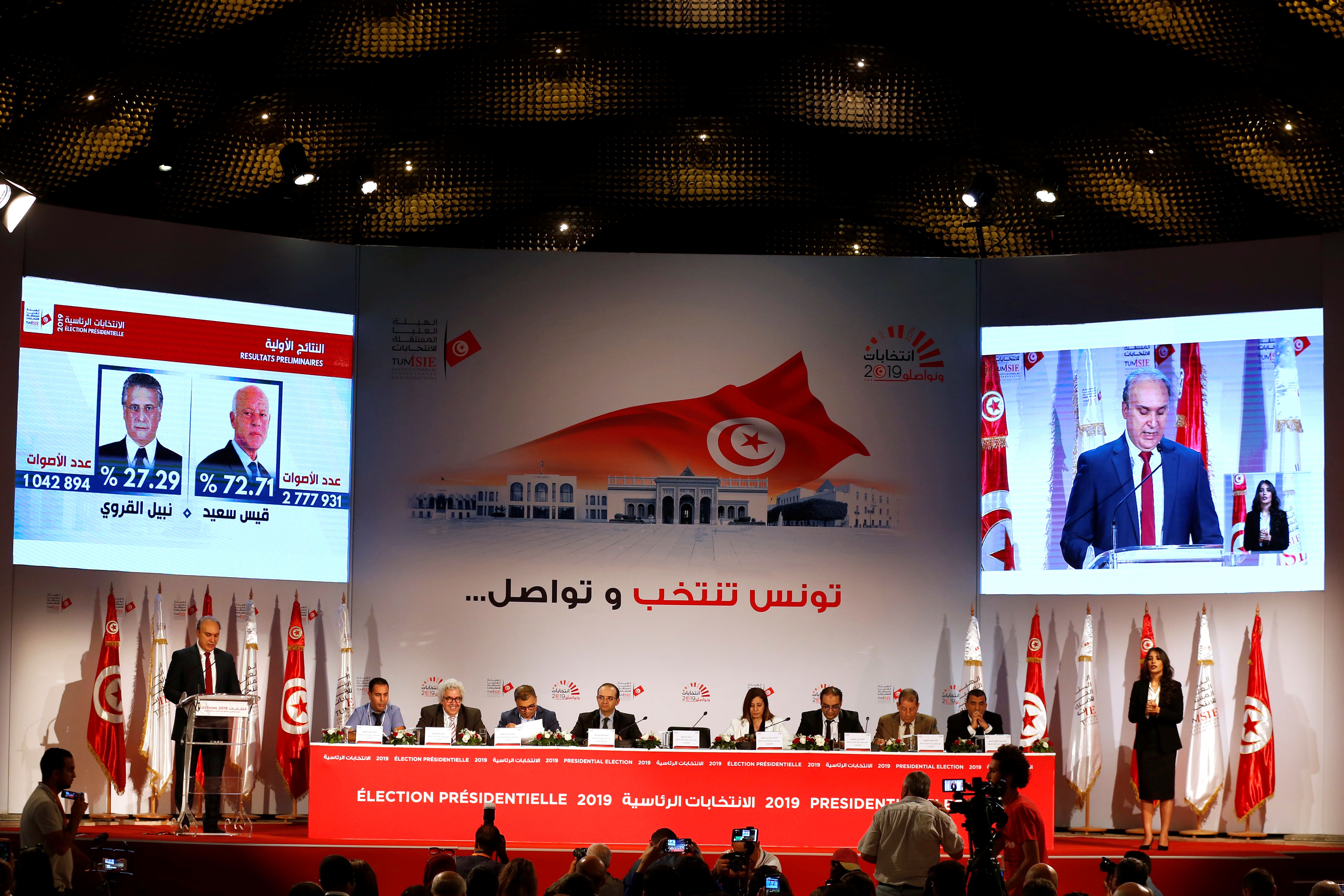Attempts at Reforming Egyptian Demographic Policy

Egypt is the most populous Arab state and the third-largest country in Africa. Demographic projections indicate that the current growth rate of the Egyptian population will reach almost 160 million by 2050. In 20 years, the number of the country’s citizens will be larger than Russia’s and that will make Egypt the EU’s most populous neighbour. The demographic challenges combined with an inefficient economy, political uncertainty, activities of radical Islamist groups, and ongoing conflicts in the country and the region can lead to the further destabilisation of Egypt and its neighbourhood. In 2011, mass protests toppled the authorities at the time. The underlying reasons that led protesters to the streets still have not been eliminated. Despite the conflicts and difficult living conditions, there are not many cases of irregular migration from Egypt to the EU. Nevertheless, the state authorities warn of such a possibility. The EU’s concerns and the important place that migration holds in European Neighbourhood Policy increase the significance of Egypt in the Union’s relations with the Middle East and North Africa. The Egyptian government is aware of this and sees participation in preventing migration to the EU as a chance to receive more foreign support and develop new employment opportunities for its citizens.
Demographic Challenges
Egypt’s economy cannot keep up with its dynamic population growth—an additional 1.8 million people per year—which overall has increased by 65 million in the last 50 years. The state is unable to ensure jobs for all people of working age (60% of the population) or access to basic services. This results in high unemployment and a large percentage of Egyptians living below the poverty line, which in 2018 was 32.5%. Schools have become overcrowded and the number of medical staff is insufficient—0.8 doctors per 1,000 people in Egypt, compared to Poland where this number is 2.3. Water resources are no longer sufficient to meet the needs of residents. The government is afraid of a new crisis and another revolution. The deficient economy was one of the reasons for the 2011 protests that led to the overthrow of the government, followed by a 3.8% decline in Egyptian GDP.
Egypt’s food security is also endangered. The high fertility rate means the median age of the population is less than 25 years. Each year, about 1.1 million Egyptians enter the labour market but only 800,000 succeed in finding employment. As a result, unemployment among the working-age population remains above 30%. Searching for better living standards, young Egyptians move to cities, whose rapid growth takes over small agricultural lands in the country. The population density of Egypt is increasing primarily along the Nile where most of the arable land lies. As a result, the agricultural sector, which provides for the livelihood of 55% of Egyptians and direct employment for about 30%, is under threat. With Ethiopia building the Great Renaissance Dam, which will significantly reduce the flow of water in the Nile, including in Egypt, the danger is amplified and will contribute to a significant loss of acreage.
Demographic Policy
In 1976-2008, Egypt ran a family planning programme with the help of the U.S., which contributed $371 million for this purpose. It resulted in a decrease in the fertility rate from 5.6 children per woman to 3. However, those activities were based only on foreign support. After the U.S. funding was withdrawn, demographic indicators started to increase and currently there are 3.5 children born per one woman in Egypt.
The Egyptian government conducts demographic-policy initiatives aimed at reducing population growth. Launched in June 2018, the “Two is enough” programme (Itneyn kifaya) encourages families to limit the number of children they will have to two. The programme is focused on the 10 poorest regions of Egypt with the highest fertility rates. The most populated region is Giza, which has increased by 2.26% and currently stands at 8.8 million. In the poorest province, Sohag, 65% of the 5.1 million residents live below the poverty line. Within the framework of “Two is enough”, mobile clinics are tasked with promotion and education regarding family planning and providing access to free gynaecological care and contraceptives. The inhabitants of the regions included in the programme also have the opportunity to participate in workshops facilitated by volunteers and representatives of the Muslim religious community. Their role is to convince women that limiting the number of offspring is not in conflict with Islamic principles. Al-Azhar, both a university and the most important religious institution in Egypt, encourages family planning. In 2017, the Great Mufti of Egypt issued an official opinion that contraceptive use is not against Islamic principles.
The authorities also initiated a public awareness campaign promoting smaller families. It will be financed by the Egyptian Ministry of Social Solidarity, which will spend $4.3 million on it, and the UN, which will contribute over $500,000. The government hopes that by 2030 the fertility rate will be reduced from 3.5 to 2.4.
“Two is enough” is not the only activity undertaken with the purpose to limit population growth. In January 2018, the EU signed an agreement under which the Egyptian National Population Council will receive €27 million to implement the National Population Strategy 2015-2030. The goal is to promote family planning by increasing access to advisory centres and contraceptives, initiating ad campaigns, and activating women in jobs. In May 2018, the then-Minister of Health and Population Ahmed A'mad Al-Din Rady announced the commencement of activities in cooperation with the U.S. Agency for International Development. The programme to educate people about reproductive health and contraception methods will last five years and is focused on the inhabitants of nine regions. The U.S. donated $19 million for this purpose. In addition, the U.S. will allocate $4 million for a programme that involves private facilities related to family planning.
Economic Changes
The Egyptian government has also initiated changes in the economic sector, which, according to the country’s authorities, support the implementation of the demographic policies and improve the living conditions of Egypt’s inhabitants. The government has been conducting multi-sectoral reform since 2014. As part of it, subsidies for fuel and electricity have been withdrawn, the Egyptian pound has been devalued, and a number of cuts have been made to reduce the budget deficit. The changes were a condition for obtaining a loan from the International Monetary Fund. The devaluation of the pound is intended to improve the competitiveness of the Egyptian economy—especially increasing exports—and thus lead to increased production and employment.
Conclusions
If Egypt’s economic situation does not improve and the pace of population growth does not slow, the country may face water, food, and political crises. The involvement of international organisations such as the UN or the EU, as well as the U.S., in efforts to limit population growth is one way to support the Egyptian economy, the development of which can prevent the outbreak of new unrest. The impermanence of the effects of the 1976-2008 programme funded by the U.S. shows that it is crucial for Egypt to base its demographic policy on domestic resources. External support should therefore be based on the Egyptian government’s commitment to self-finance the promotion of family planning in the future. In addition, there is a danger of instrumentalisation of the threat of migration—the Egyptian government can hope for similar financial benefits that Turkey received thanks to the latter’s agreement with the Union in March 2016. Because instability in the Middle East and North Africa can lead to the intensification of irregular migration from the region, EU cooperation with Egypt in controlling its border is favourable. Close monitoring of external support is also necessary, especially since an audit carried out by the European Court of Auditors in 2013 found that 60% of EU financial support provided to Egypt couldn’t properly be accounted for.




